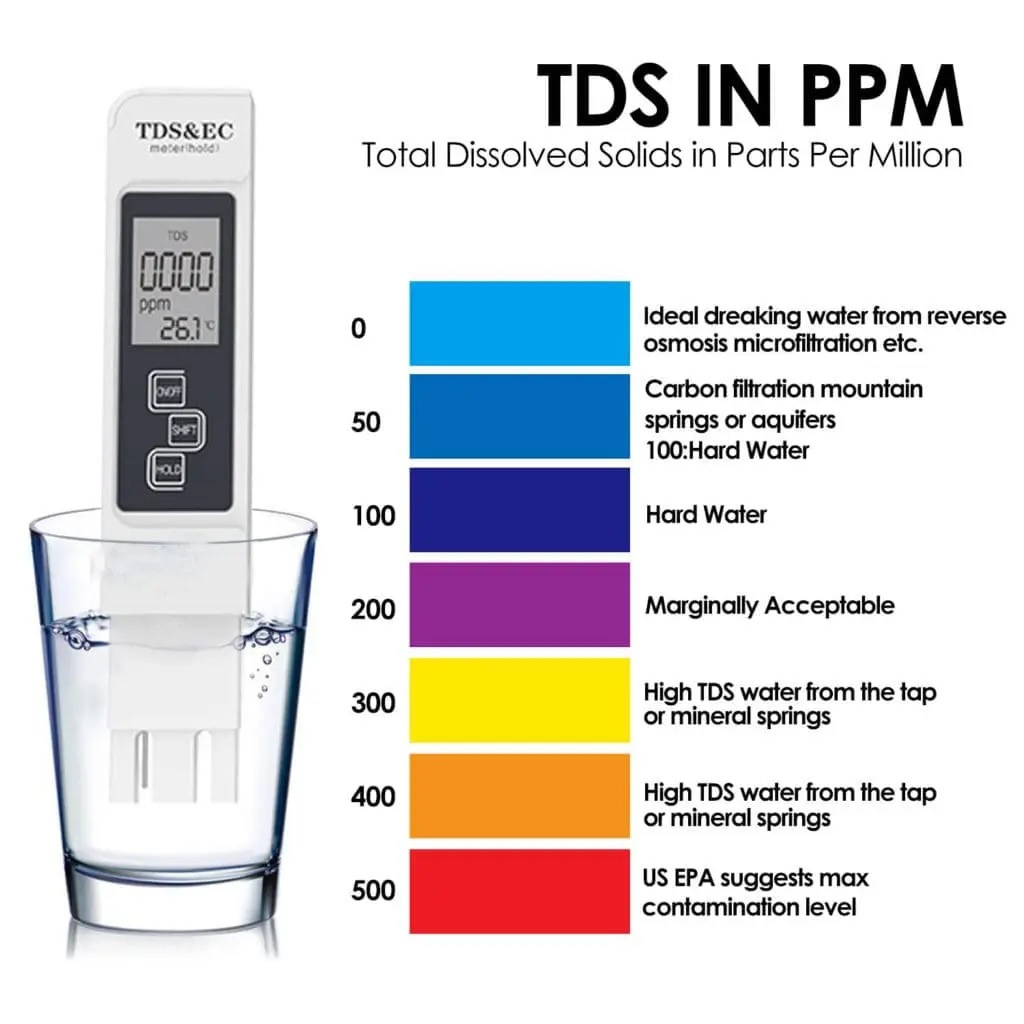
Total Dissolved Solids (TDS) refer to the combined concentration of inorganic salts and small amounts of organic matter in water. These solids include calcium, magnesium, sodium, potassium, bicarbonates, chlorides, and sulfates, which are naturally present in water or added during industrial and agricultural activities. Monitoring TDS levels is essential for ensuring water safety, as it affects both health and taste.
Why TDS Levels Matter
TDS levels are commonly measured in parts per million (ppm) to determine water quality. High TDS levels may lead to undesirable taste, odor, or color. Furthermore, prolonged consumption of water with excessive TDS can impact human health, contributing to kidney and liver problems. On the other hand, water with extremely low TDS can lack essential minerals, making it less beneficial.
Safe TDS Levels for Consumption
The Bureau of Indian Standards (BIS) and the World Health Organization (WHO) provide guidelines on safe TDS levels for drinking water. According to these recommendations:
Ideal Range: TDS levels between 50–250 ppm are considered excellent for drinking, as they ensure a balance of essential minerals.
Acceptable Range: TDS levels up to 500 ppm are deemed safe. However, levels exceeding 500 ppm may be unsuitable due to potential contaminants or imbalances.
Unsafe Levels: TDS above 1000 ppm are generally considered unsafe, as high concentrations of dissolved solids could harm health.
Factors Affecting TDS Levels
Several factors influence TDS levels in water:
Natural Sources: Geological formations contribute minerals like calcium and magnesium.
Human Activities: Agricultural runoff, industrial waste, and wastewater discharge increase TDS levels.
Water Treatment Processes: Reverse osmosis and distillation reduce TDS levels but may remove beneficial minerals.
Testing and Managing TDS
Regularly testing water quality using a TDS meter helps identify safe levels for consumption. If TDS levels are too high, water purification methods like reverse osmosis or UV filtration can be used to remove contaminants. Conversely, if TDS levels are too low, remineralization can restore essential minerals.
Conclusion
Understanding and managing TDS levels is critical for ensuring access to safe and healthy drinking water. While TDS is just one of many factors influencing water quality, it serves as a valuable indicator of purity and mineral content. By being mindful of recommended ranges and testing regularly, individuals can safeguard their health and enjoy the benefits of optimal hydration.


